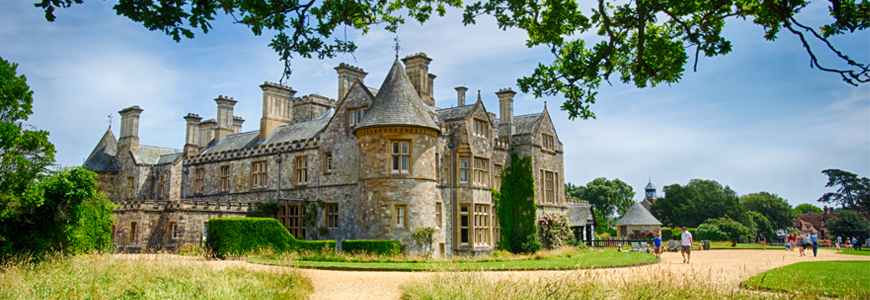
Palace House is well known as one of the most charming historic houses in Hampshire. But fewer people know that it was one of the first stately homes to open to visitors and that Edward, Lord Montagu played an important role in opening up historic houses for the public to enjoy and appreciate.
The New Forest and surrounding areas are rich in history and home to a number of country houses and gardens open to the public. Visitors to the area are spoilt for choice when it comes to looking for a historic day out, but no visit would be complete without a trip to see the historic home of the Montagu family, whose owner played a pivotal role in the preservation of England’s historic houses.
The Beginning: From Abbey Gatehouse to Country House
Overlooking the picturesque Beaulieu River mill pond, Palace House was once the gatehouse of the medieval Beaulieu Abbey. When Thomas Wriothesley, a direct descendent of the current owners, bought the estate in 1538, he converted the gatehouse into a modest manor house. In the early days, the house was rarely used as a primary residence, but successive owners developed it and a significant remodel and extension process in the 1800s transformed it into the Victorian country house it is today.
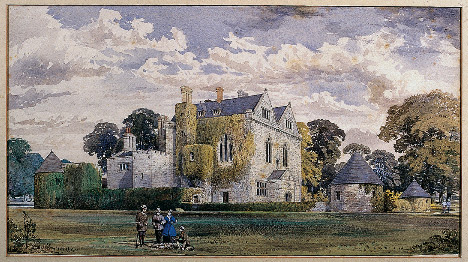
“A White Elephant”: Inheriting a Stately Home
When Edward, Lord Montagu inherited the Beaulieu Estate in 1951, it rapidly became clear that the costs of running the historic property, with its substantial maintenance and heating bills, would be prohibitive.
“to any sensible, rational being the house was a white elephant. The wise solution was to get rid of it. For me, however – neither sensible nor rational – that was unthinkable. Beaulieu was my ancestral family home and I therefore not only loved it but felt a sense of trust, duty and obligation towards it.”
He considered turning the house into a school or old clergymen’s home, but a more innovative solution became increasingly attractive – that of opening the house up to the paying public.
Opening Your Historic House to the Public
Displaying your stately home to the public was not a new idea at this time and curious visitors had already been peering into England’s grand houses for a couple of centuries. But the idea of creating a professional business venture was unheard of until 1949 when the Marquess of Bath opened Longleat.
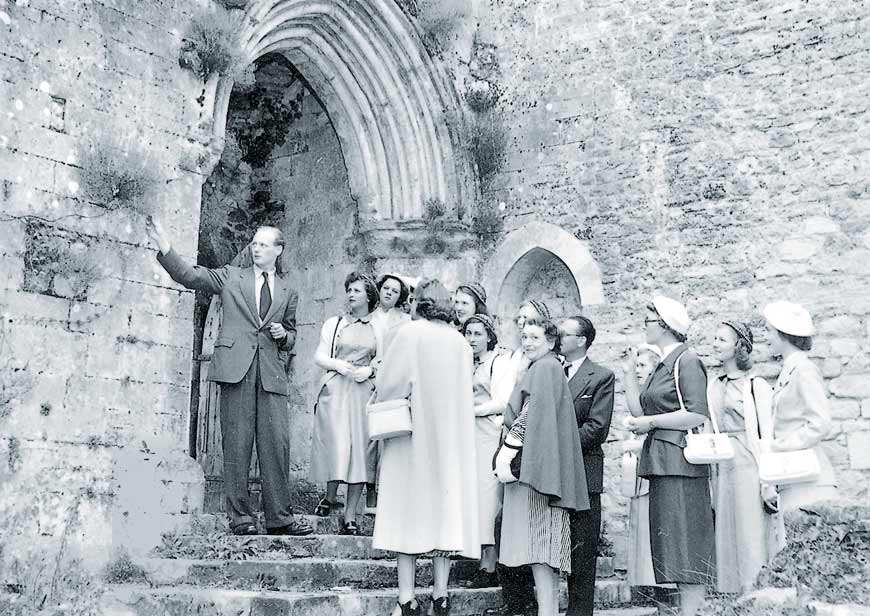
The Beaulieu Abbey ruins had already been open to the public since the 1890s, so the Montagu family had some experience of catering to tourists, but opening their home to strangers would be a far more significant step. As Edward, Lord Montagu said, ‘sacrificing one’s privacy was the price I was prepared to pay to keep a roof on the house’.
In preparation for the opening, Lord Montagu assembled portraits of his ancestors, created exhibitions of coronation robes, and gathered together family heirlooms. But he readily admitted that Palace House was not as large and grand as other stately homes such as Longleat. What he needed was an extra ingredient…
And so it was that in 1952 when Palace House and gardens were opened to the public for the first time, visitors were greeted by five veteran cars in the entrance hall. Installed as a tribute to his late father, who was a motoring advocate and pioneer, this simple beginning proved to be a great success and would later develop into the National Motor Museum, which has since grown beyond the entrance hall and is now based in its own purpose-built building in the Palace House grounds.
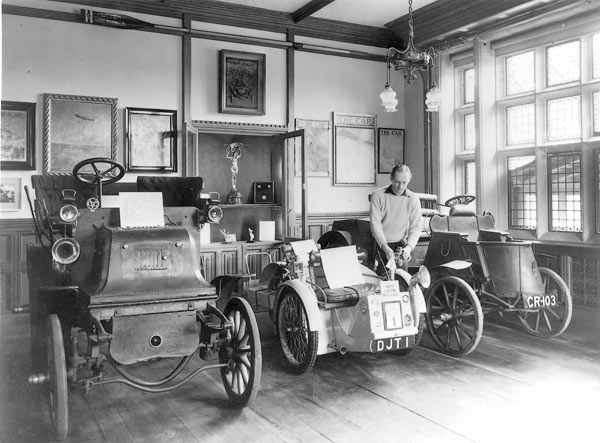
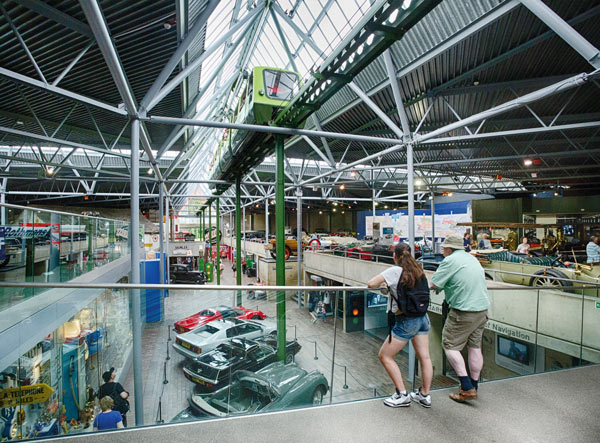
Edward, Lord Montagu & The Historic Houses Association
Thanks to the innovative character of Edward, Lord Montagu, Palace House was one of the first historic houses to open, providing the public with a fascinating insight into local history and a beautiful house and gardens to visit. But his influence on the preservation and promotion of historic houses didn’t stop there…
Even before Palace House opened in 1952, he organised a small gathering of historic house owners to discuss the possibility of a ‘union’ to champion their cause to the government, share knowledge and run a joint advertising scheme. Some of the old guard opposed the idea, particularly when a membership fee was suggested, but fifty owners went on to join the British Travel Association and eventually formed a sub-committee, the BTA’s ‘Historic Houses Committee’, to champion the contribution of historic houses to the UK tourism industry.
In later years, he argued strongly for the creation of a completely independent association, and on 5 December 1973 the Historic Houses Association was born with Edward Montagu as its first chairman.
Some of the early houses to be members of the HHA included Longleat, Knebworth and Woburn Abbey, all opened to the public for the first time in the 1950s and 60s. Since these beginnings, the Historic Houses Association have developed a portfolio of over 1,600 significant historic houses and gardens, open to be explored and discovered. The organisation ensures these country houses stay alive and accessible for generations to come, a vision shared by Edward, Lord Montagu.
Beaulieu & The Treasure Houses of England
In the 1960s, before the HHA was formed, there were plenty of stories in the press about the rivalry between the different historic houses and their owners. But whilst there was plenty of healthy competition going on, Edward, Lord Montagu was keen to work together with his ‘competitors’ for the benefit of the historic house industry as a whole.
To the surprise of the press, Edward, Lord Montagu, the Duke of Bedford and the Marquess of Bath announced that they would give out vouchers for discounted entry to each other’s houses (Beaulieu, Woburn and Longleat respectively). The idea proved popular and the number of historic houses involved soon grew from three to seven, with the suitably catchy name “The Magnificent Seven”.
Eventually, the collective expanded to a group of ten historic houses, with the entry requirement that each house much attract at least 100,000 visitors. This group still exists today and has since been renamed the ‘Treasure Houses of England’. It has become known as a unique collection of the finest historic houses, palaces and English castles.
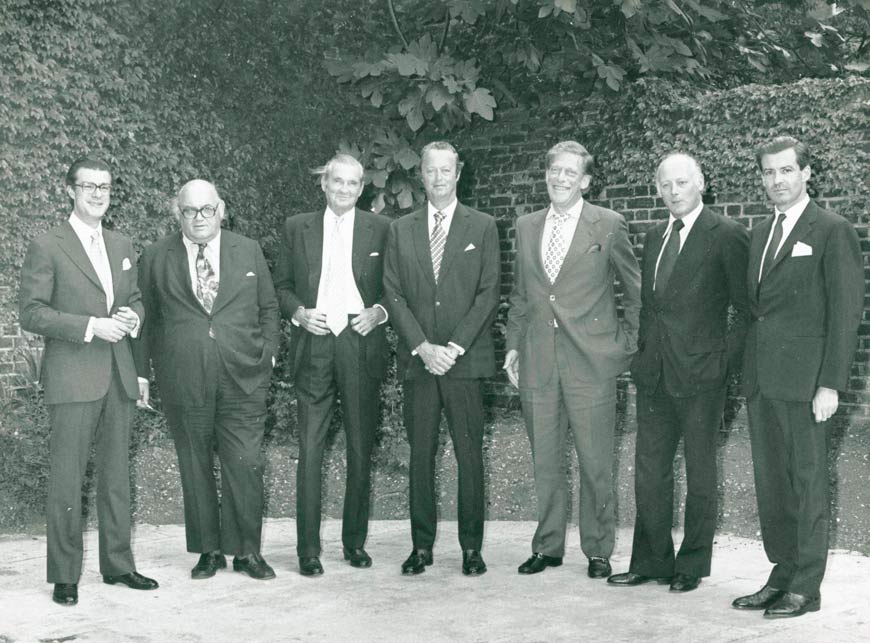
Each house has its own unique charm, with stunning architecture surrounded by beautiful parklands and open gardens. Most historic houses are still homes to the great families who have owned them for generations and many keep their heritage alive by recreating scenes and events that have shaped the history of England.
Together the houses display some of the most important art collections in the world, showcasing exquisite examples of fine furniture, porcelain, china and portraiture. To explore the other stately homes please visit the Treasure Houses of England website.
Edward, Lord Montagu & English Heritage
In 1983, in recognition of his innovative approach and commercial success, the government invited Edward, Lord Montagu to chair its new Historic Buildings and Monuments Commission, which he soon renamed English Heritage.
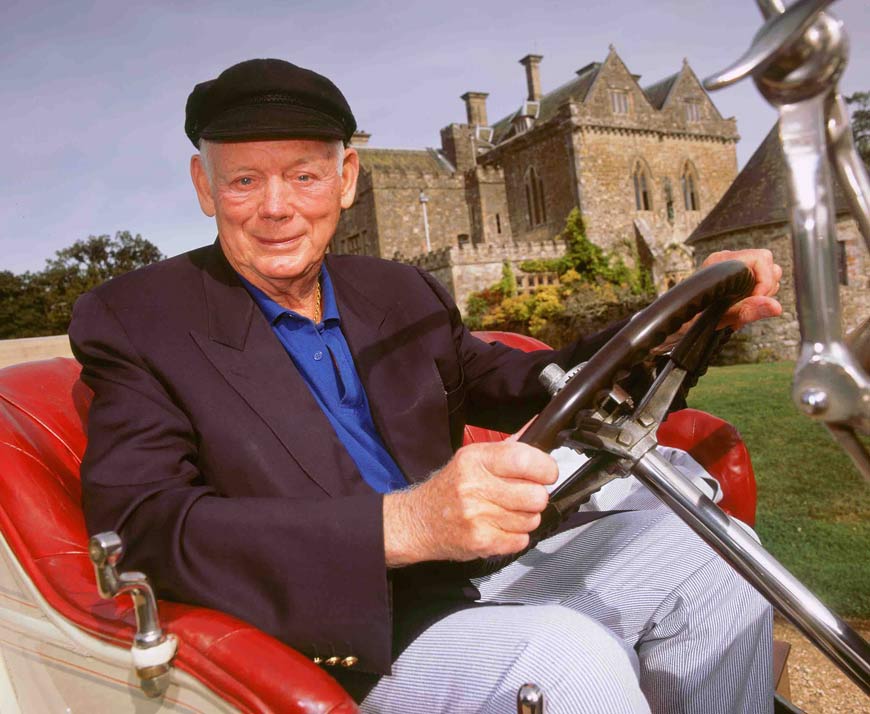
At this time, there were still those who feared that making historic sites more accessible to the public would result in over-commercialisation and historical vandalism. Lord Montagu proved them wrong, but did encourage the sites to become more visitor-friendly, with improved interpretation and facilities. When the government decided to abolish the Greater London Council, the then Prime Minister Margaret Thatcher was said to have endorsed the transfer of its historic buildings to English Heritage because “Edward Montagu will know what to do with them.”
The Importance of Education: Keeping Heritage Alive
Edward, Lord Montagu was a strong supporter of the preservation of historic houses and soon after the opening of Palace House, he embarked on a lecture tour of America to publicise both his stately home and Britain’s other historic houses. As part of the British Tourism Association he also ran a series of Historic Property Management courses at Beaulieu to help other owners run their houses effectively and attract visitors.
In 1970 he took his pioneering education one step further and began offering knowledge to the public as well as other house owners. He introduced a pilot scheme which produced educational packs for schools, which was successful enough that Beaulieu became the first historic house to appoint a full-time education officer.
Beaulieu’s award-winning educational programme is still running today, informing and inspiring the next generation and keeping heritage accessible for all.
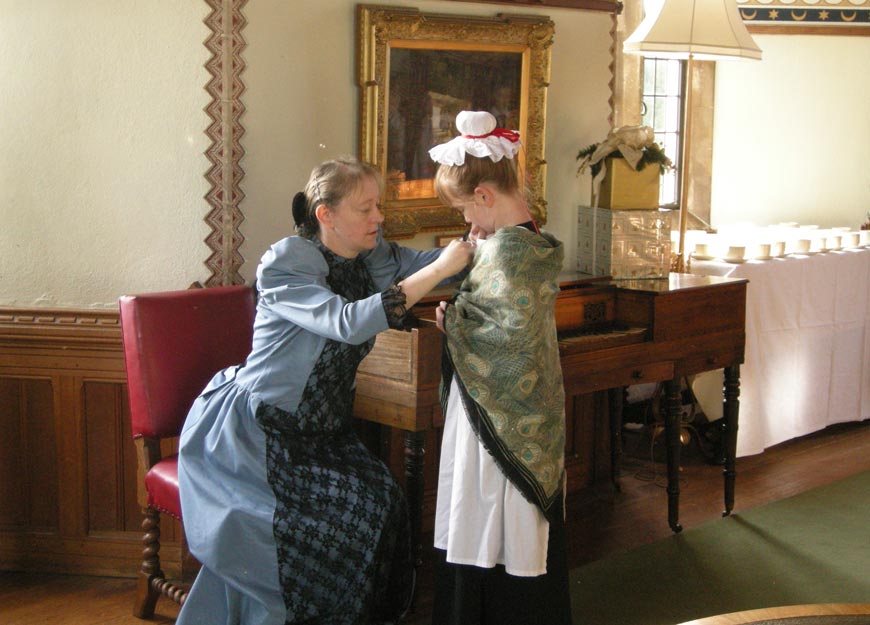
Visiting Palace House Today
Today Palace House is thriving and continues to welcome visitors from around the world. As they step through the front door, they are greeted by guides in Victorian costume, keen to share their knowledge of this unique and historically significant house.
In addition to the visitor-facing staff, many people ‘behind the scenes’ ensure that the house and its contents are properly preserved for the benefit of future generations. You can find out how they care for the items in their collection in the Palace House Blog.
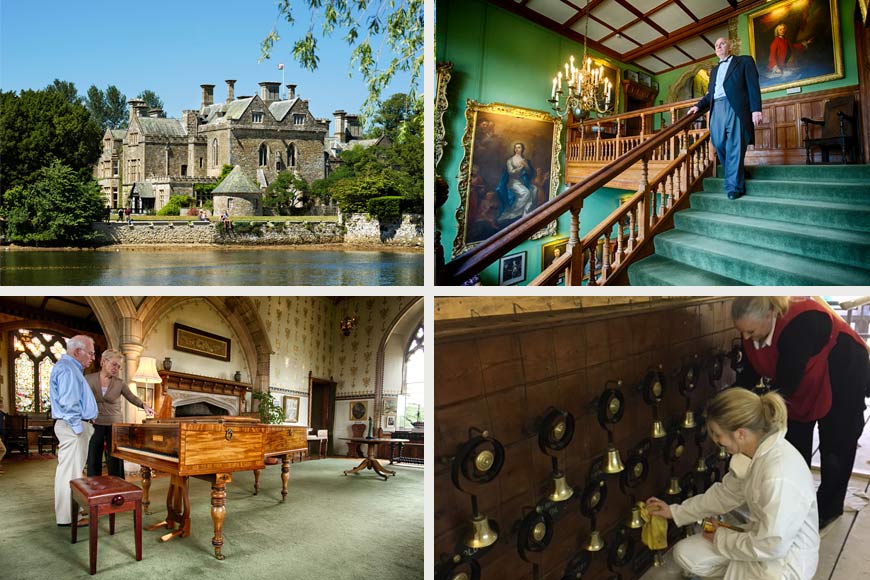
As well as Palace House and gardens, visitors to the Beaulieu visitor attraction can visit the National Motor Museum and explore the Beaulieu Abbey ruins. Plus, they can also discover Beaulieu’s connection with the Special Operations Executive in the Secret Army Exhibition.
Explore the Beaulieu attractions | Plan your visit
“I have always believed that Britain’s great houses and gardens, originally created for the pleasure of a few, should now be enjoyed by the many. Sharing my home and welcoming visitors to Beaulieu since has been a source of great pleasure to me. Doing so has ensured that Palace House, Beaulieu Abbey and the other historic buildings in my care are in a better state of repair now than they have been for decades. I hope that they will survive for many years to come, for future generations to enjoy. ’’ – EDWARD, LORD MONTAGU OF BEAULIEU (1926 -2015)
